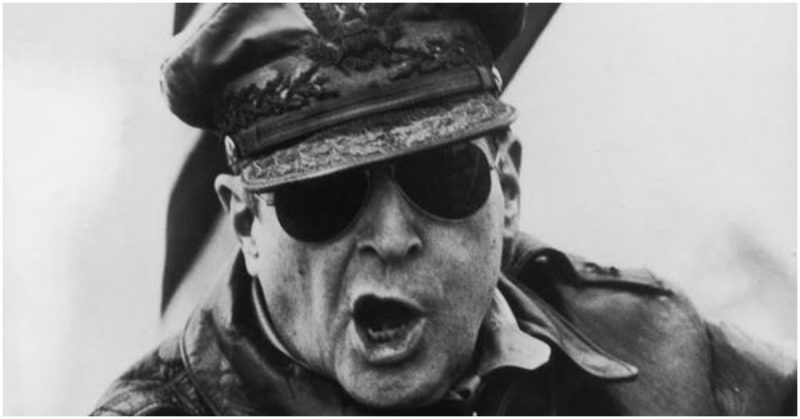The US Navy is best known for its Admirals and battleships. Both are often the most prominent assets in the fleet, but in the Philippines, in 1942, it was PT Boats and Lieutenant John D. Bulkeley who won the day.
The War began for Lieutenant Bulkeley at 0300 on December 8, 1941, when he was alerted to the attack on Pearl Harbor, 5,100 miles away.
Bulkeley was in command of Motor Torpedo Boat Squadron 3, made up of six, 77 feet Elco Patrol Torpedo (PT) Boats. These were the newest, fastest, and some of the smallest boats in the US Navy’s fleet. They had wooden hulls, powerful engines, and a 15 man crew. They were armed with four torpedoes, two twin .50 caliber Browning machine guns, and two .30 caliber Lewis Guns.
As they were so new to the fleet, the Navy had not yet fully developed the doctrine for their use. Squadron commanders such as Bulkeley were forced to experiment and improvise.
Bulkeley had been with the PT Boat program from its early days. Arriving in February 1941, he was initially attached to the Motor Boat Submarine Chaser Squadron 1. It was an experimental unit, to determine the PT Boat’s ability to chase submarines. Those experiments failed, but it gave Bulkeley extensive experience with the new craft, making him a perfect candidate to command his own squadron in the Philippines. He and most of the Naval staff in Manila knew the war was coming soon, but no one had expected an attack on Pearl Harbor.
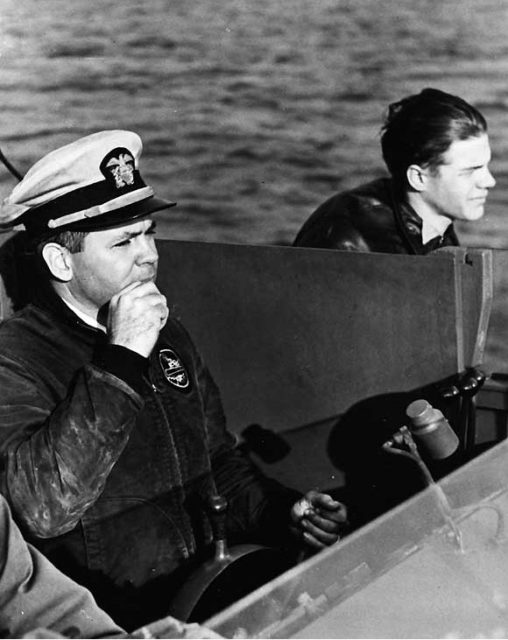
On December 8, the invasion began. Japanese troops landed at the northern end of the Island and pushed south towards Manila. Japanese bombers, fighters, and torpedo planes harassed the US Navy and Air Force. Bulkeley and his men got their first taste of combat, acting as floating anti-aircraft platforms. He and his PT boats did everything they could to shoot down the swooping Japanese aircraft.
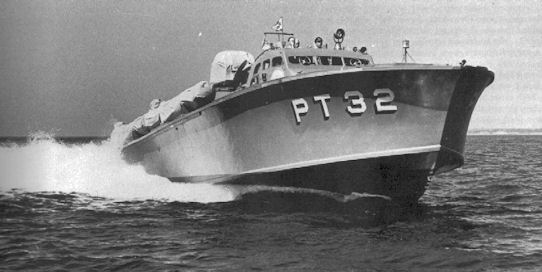
Over the next four months, Bulkeley and his men engaged in a stream of skirmishes, one of which resulted in the first ship being sunk by the new PT Boats, a 5,000 ton Japanese supply ship. However, the boats were dogged by constant supply problems, and could rarely operate in pairs, due to a lack of spare parts. Instead, they went out independently, or with a small escort, to harass the Japanese shipping and transports coming towards the Island. PT-34, commanded by Bulkeley, thwarted a Japanese landing attempt during the Battle of the Points.
Notwithstanding the work of the PT vessels, the Japanese encircled the Allied positions at Manila. The Allies were forced to pull back to Corregidor, an Island in the middle of Manila Bay. From there, they continued their fight. General Douglas Macarthur, commander of the ground forces, and Philippine President Manuel Quezon, had been sheltering in the tunnels of Corregidor since the bombing of Manila began in December 1941.
As the Japanese moved closer and the defenses continued to fall, it became evident the VIPs needed to be evacuated. On February 20, Quezon, and many of the Filipino staff left onboard a US Navy submarine. Macarthur remained to continue command of the defense. However, it was decided he too should go, and preparations for his departure began. Macarthur was to leave by March 15.
The original plan was to evacuate him on the submarine Permit, but with Macarthur’s input, it was decided he would leave on board a PT boat and then get picked up by aircraft when they reached safety. Macarthur had a special relationship with the PT boats, understanding their usefulness for military operations as a whole, not just naval ones. The squadron reported to both him and their Navy chain of command, ensuring he had some say in their use.
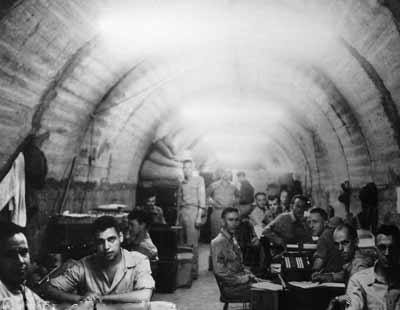
On March 1, Macarthur, his wife, and senior staff took a half hour trial run in PT-41, Bulkeley’s flagship. When they returned to Corregidor, Bulkeley was surprised to learn he would be awarded the Distinguished Service Cross for his actions in defense of the Philippines. Afterward, Macarthur laid out his plan to the young Lieutenant.
The PT Boats would have to burst out of Manila Bay and speed toward Mindanao, almost 450 miles away. From there, the passengers would be taken by plane to Australia. Bulkeley immediately assured the General they were up for the task, but privately he knew it would be a hard-fought retreat.
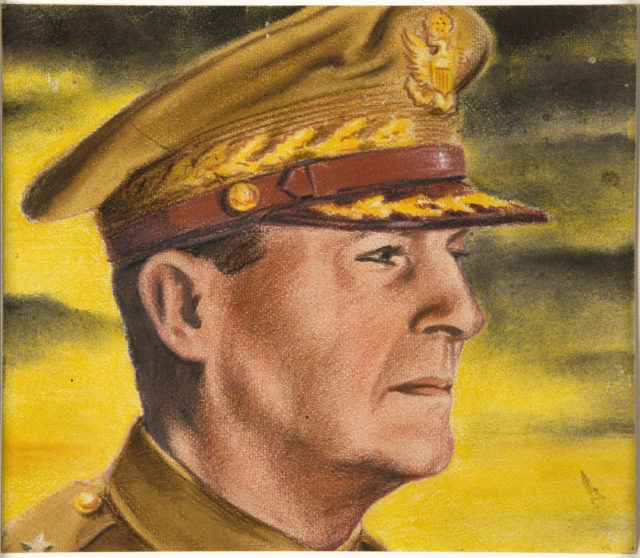
Early in the morning on March 11, Bulkeley was called to Macarthur’s office. The evacuation was to proceed at 1930 that night. Macarthur and twenty-one staff members would be crammed on board the PT boats, and sped away through the darkness.
Bulkeley and PT-41 were waiting at the north dock on Corregidor. Around them were the signs of war. Craters, burnt buildings, and spent ammunition littered the Island. By 1930 the four boat procession was creeping out through the minefield at the mouth of the Bay. Bulkeley was leading in PT-41.
The tension was palpable; they had barely any ammunition, fuel, or supplies. Reconnaissance missions had reported Japanese warships operating immediately in their path. By 2300 they had reached Apo Island and rough seas. As they made their way through 15-20 foot swells, the small boats were violently rocked about, their passengers holding on for dear life. Bulkeley braced himself, knowing he had to see this voyage through. Going back to Corregidor meant certain death for the Macarthur family.
The wind whipped the sea into a cold spray and pushed the boats off course. The sailors strained to keep their heading and in contact with each other. While the bad weather made it difficult for them to be spotted, the moonless night also meant they could barely see one another. They began drifting apart as the night went on, barely able to see past the bow of their boats.
By 0330 the next morning, the boats were isolated in a dangerous island chain, which could easily be hiding a Japanese destroyer. Bulkeley had slowed hoping to locate the rest of the PT boats but to no avail. They proceeded to their first rendezvous point at Tagauayan, midway between Corregidor and Mindanao.
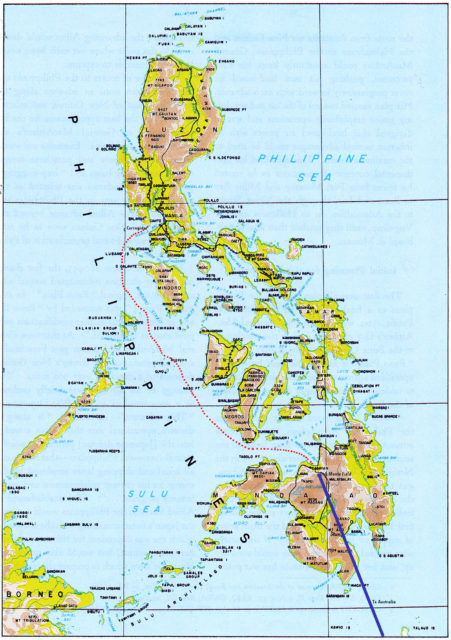
Later that morning, PT-41 found PT-32 and PT34. By the next night, PT-32 had lost its additional fuel, and PT-35 was still unaccounted for. PT-32 was left to rendezvous with the Permit. PT-41 and PT-34 continued on their way, with the extra passengers onboard weighing them down, and reducing their speed to about 20 knots.
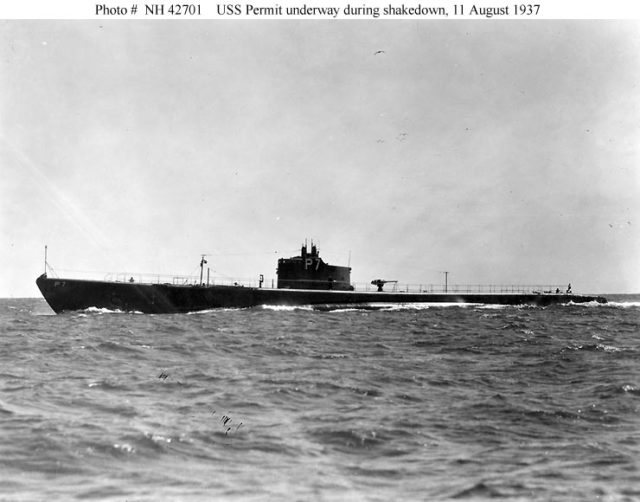
Again they encountered rough seas and weather. Tossed about like toys, the two boats finally made it to Mindanao, and let their seasick, tired, and terrified passengers ashore. Next day, PT-35 arrived, and the mission was a complete success. Macarthur, his staff, and family and other VIPs had been evacuated, without the Japanese knowing.
For their actions, every member of Motor Torpedo Boat Squadron 3 was awarded the Silver Star. They had risked their lives to save others and enabled General Macarthur to continue his fight.
In recognition of his actions, both during the evacuation, and in the defense of the Philippines, Lieutenant John D. Bulkeley was awarded the Medal of Honor. He served throughout the war, from the Pacific to the Mediterranean and Normandy. He eventually achieved the rank of Vice Admiral before retiring in 1975. His history of service and dedication to his men and country is something to be respected and honored.
